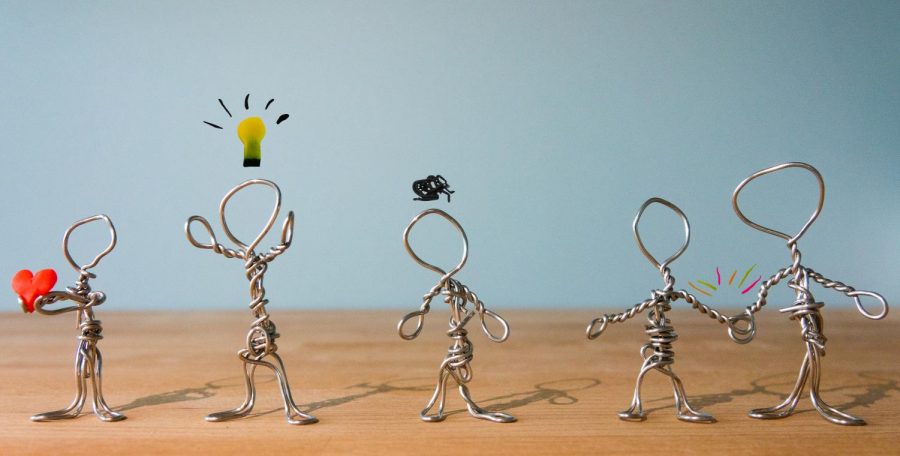Desire
 Graphics courtesy of drops of inkOpens in new window
Graphics courtesy of drops of inkOpens in new window
|
Desire is a motivational state often tied to directed, purposeful movement toward the object of desire. The goal of desire is possession of the object (possession may mean either physical possession, such as owning a car, or psychological possession, such as achieving a relationship with a person) or ability to engage in the wanted activity.
Categories of the most common types of objects and activities that people desire are
- objects that are likely related to an individual’s well-being and that increase one’s control over the future such as desire for money, a job, or information;
- abstract states that are often related to an individual’s subjective values such as independence, justice, freedom, or equality;
- interpersonal objects and states and events related to those objects such as a spouse, friends, children, love, companionship, and support; and
- sex (Berscheid & Heller, 1999).
Although many cases of desire are linked with action toward the object, desire can be present even without action.
As Lewin and colleagues (1944) found, if the object is viewed as unattainable, people will not take action to attain the object. Thus, as Berscheid and Heller (1999) discuss, lack of movement toward an object does not necessarily indicate lack of desire.
However, Heider (1958) argued that if the object is viewed as unattainable over a long period of time, the individual will eventually lose desire for the object.
Scholars disagree about whether desire should be viewed as an emotion. Berscheid (1983) and Mandler (1975) argue that it is not technically an emotion; however, the entire context of desire involves a number of emotions. For instance, while pursuinig the goal, the individual may feel a variety of emotions: hopeOpens in new window, anxietyOpens in new window, angstOpens in new window, and so forth. If the desire is satisfied, joyOpens in new window may result. Conversely, if the desire remains unsatisfied over a period of time, the individual may feel angerOpens in new window, despair, or other emotions.
As American social psychologist Fritz Heider (1958) discussed, desire is clearly linked in people’s minds with pleasure, in particular, the anticipation of pleasure, and eventually (the person hopes), the experiencing of pleasure when the desired object is attained.
People may engage in manipulations of situations to control the pleasure associated with desire. As Heider clarifies, being in a state of desire means that a distance exists between the individual and the desired object; it means that the individual wants to have, do, or feel something that s/he does not currently have, do, or feel. The distance between self and object can be manipulated, perhaps by approaching then withdrawing somewhat, to intensify desire. Such maneuvering may motivate the individual to work harder to attain the object.
- Berscheid, E. (1983). Emotion. In H.H. Kelley, E. Berscheid, A. Christensen, J.H. Harvey, T.L. Huston, G. Levinger, et al. (Eds.), Close relationships (pp. 110 – 168). New York: W.H. Freeman.
- Heider, F. (1958). The psychology of interpersonal relations. New York: John Wiley.
- Lewin, K., Dembo, T., Festinger, L., & Sears, P.S. (1944). Level of aspiration. In J. M. Hunt (Ed.), Personality and the behavior disorders: A handbook based on experimental and clinical research (pp. 333 – 378). New York: Ronald Press.
- Mandler, G. (1975). Mind and emotion. New York: John Wiley.

